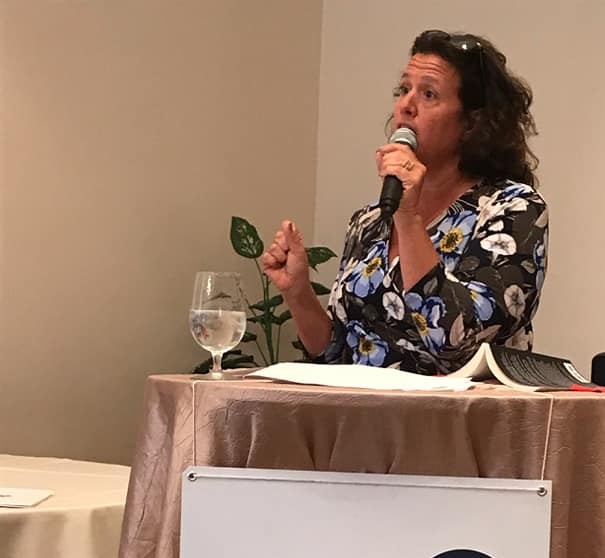Trump Administration’s Proposed Cuts to SNAP are Inhumane

With Thanksgiving a little over a week away, photos of tables overflowing with turkey, stuffing, sweet potatoes and pumpkin pies will be flooding some Instagram feeds. Yet seemingly endless buffets of food are not the reality for many New Jersey families on the holidays or any day. According to Feeding America, one in ten New Jersey residents are food insecure and one in eight children struggle with hunger.
A key program that helps to address hunger is the Supplemental Nutrition Assistance Program (SNAP). According to the Center on Budget and Policy Priorities there are 818,000 NJ residents that depend on SNAP for food, with an average monthly SNAP benefit for each household member in NJ is $114. Of those residents, more than 67% are in families with children and almost 36% are in families with members who are elderly or have disabilities. Approximately half of the families who receive SNAP benefits are working families—indicating that employment is not enough to ensure food security.
However on October 3, families dependent on SNAP learned that the USDA had proposed a rule that would cut their benefits. The cut would result from changes in how states take households’ utility costs into account in determining the amount of SNAP benefits for which they qualify. Under current law, SNAP considers the utility expenses of each SNAP household and adjusts household benefits based on a state-specific Standard Utility Allowance (SUA). The SUA is calculated by the state and approved by USDA. The current policy allows adjustments in SUAs to accommodate for differences in utility costs and rates and allows states flexibility in how they calculate those costs. The proposed rule would standardize and cap SUA calculations across the country based on survey data. This would cause a national net cut to SNAP benefits amounting to $4.5 billion over five years. And Mathematica estimates that 11% of New Jersey households will lose their SNAP benefits. This means that approximately 92,000 New Jersey residents will have increased food insecurity.
This change to SNAP is, unfortunately, just one of several significant changes that have been proposed over the past months to carve away at the food assistance program. In July the Trump Administration proposed to eliminate the “broad-based categorical eligibility” (BBCE), which allows states to raise SNAP income eligibility limits somewhat and also adopt less restrictive asset tests so that individuals can have modest savings without losing SNAP. NJ Health and Human Services Commissioner Carole Johnson, who opposes the proposed rule, wrote in a letter to US Health and Human Service Secretary Sonny Perdue that “the loss of benefits also will significantly impact grocery stores, farmer’s markets and other food retailers across New Jersey that would see $33 million less in revenue as a consequence of this proposal.”
And earlier this year, the U.S. Department of Homeland Security (DHS) proposed the “public charge” rule, which could deny admission to immigrants and their family members if they use Medicaid, SNAP, or public housing benefits or are predicted to use such benefits in the future. This rule was intended to go into effect in October but has been stalled by a federal injunction.
Not surprisingly, the proposed cuts go far beyond just food impacts both in our state and country. SNAP provides access to nutritious foods that can help improve health outcomes for individuals and lower health care costs. And cutting SNAP reduces money that goes right back into the local economy. And at its core the SNAP cuts are about reducing supports for the senior citizens, people with disabilities, children and working families. This does not just keep food off the tables at Thanksgiving and throughout the year, it increases individuals’ and families’ overall economic insecurity and risk. The proposed SNAP cuts will amplify the dire choices between food, medicine or rent that many families already must make in New Jersey.
The comment period for the proposed rule on SAU ends on December 2. You can submit comments to the USDA here.










Leave a Reply